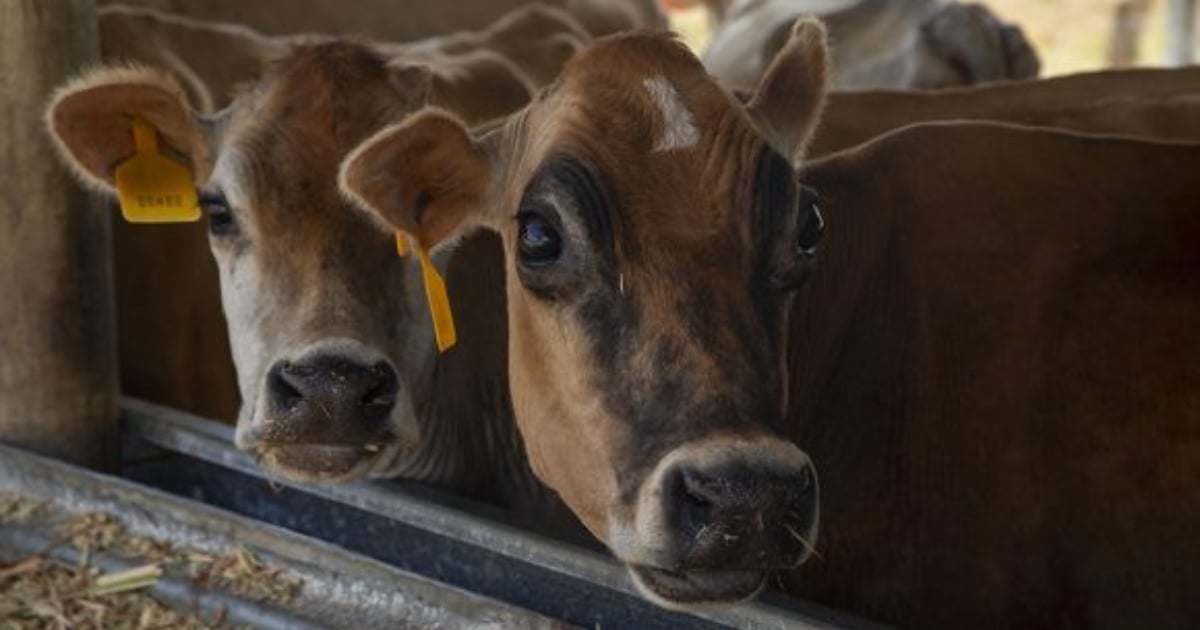In an unexpected twist on cattle theft, a man in the municipality of Báguanos, Holguín, attempted to kidnap two cows not to butcher and sell for meat—a common crime in Cuba—but to demand a ransom of 60,000 pesos from the owner. However, his plan was foiled by the police.
The Facebook page "Cazador-Cazado," which is linked to the Ministry of the Interior (Minint), reported that Juan Tomás Almenares was caught after stealing the animals from the Los Jobos neighborhood. Before he could execute his ransom demand, authorities apprehended him.
The page, known for its humorous take on criminal activity, criticized the would-be kidnapper for trying to "live off others" and praised the police for their swift action in resolving the case. Despite this unusual incident, cattle theft for illegal slaughter and meat sales remains a growing issue in Cuba, severely impacting producers and often going unpunished.
The rampant increase in cattle theft and illegal slaughter highlights the agricultural crisis and rising insecurity in rural areas. In April, a police operation ended a string of thefts that had terrorized farmers in rural communities of Mayarí, Holguín. Authorities arrested a group of seven butchers found with over 400 pounds of stolen beef, four live cows, five horses, and various contraband tools.
In another recent operation, Minint dismantled a criminal network involved in similar activities in Santa Clara, Villa Clara province. Between January and August 2024, a total of 1,615 Cubans were prosecuted for illegal cattle slaughter and meat trafficking. Government statistics show that 90% received prison sentences, with 78% facing up to 15 years behind bars.
A national audit by the Department of Livestock Registration of the Ministry of Agriculture (MINAG), conducted from March 2024 to January 2025, uncovered 181,854 "irregularities" in cattle management in Cuba. These included theft, illegal slaughter, undeclared deaths, unlawful sales, and disappearances. The provinces with the highest number of violations were Pinar del Río, Mayabeque, and Las Tunas, with 1,128 unprocessed cases.
Understanding Cattle Theft in Cuba
What was the ransom amount demanded by the cattle kidnapper in Holguín?
The kidnapper in Holguín demanded a ransom of 60,000 pesos for the return of the stolen cattle.
How prevalent is cattle theft in Cuba?
Cattle theft is increasingly common in Cuba, with many cases involving illegal slaughter and meat trafficking. Despite efforts to curb these crimes, they remain a significant issue affecting rural producers.
What actions has the Cuban government taken against cattle theft?
The Cuban government has conducted operations to dismantle criminal networks involved in cattle theft, leading to numerous arrests and prosecutions. They have also conducted audits to identify irregularities in cattle management.
What challenges do Cuban farmers face regarding cattle theft?
Cuban farmers face significant challenges due to cattle theft, including loss of livestock, financial hardship, and insecurity, as many cases remain unresolved and perpetrators go unpunished.
